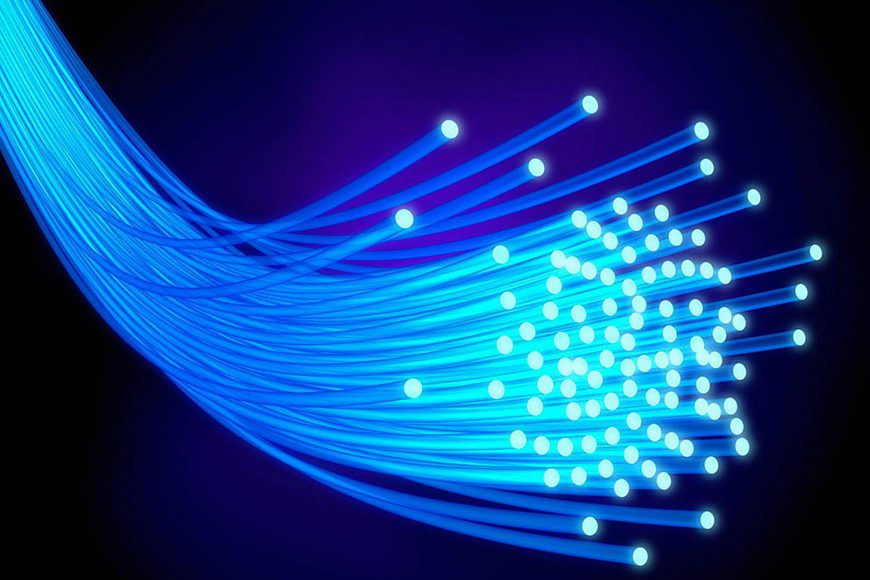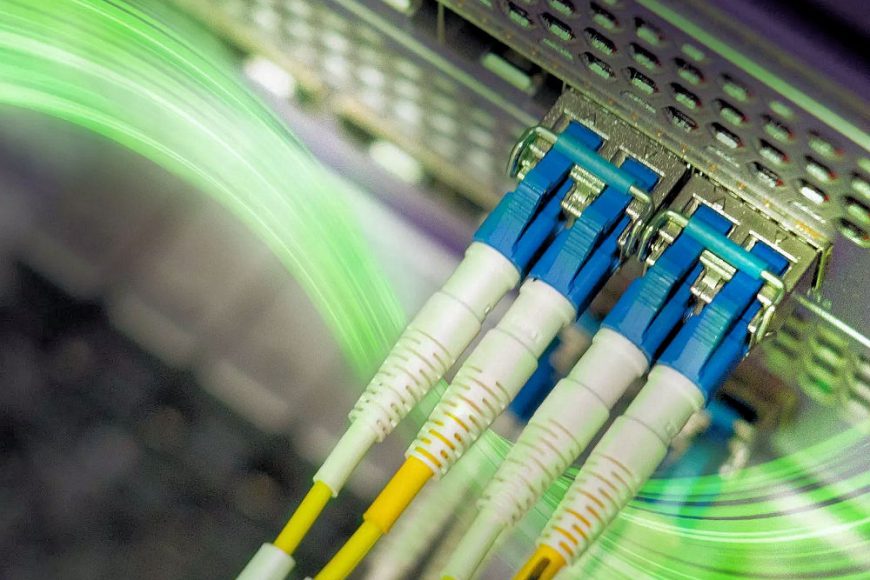The Top 5 Benefits of Upgrading to Fibre Optic Networks for Businesses
In a world where speed and reliability are everything, businesses face a critical juncture. The outdated copper networks are failing, threatening productivity and growth. But just when all hope seems lost, a new hero emerges from the shadows—fibre optic networks. With lightning-fast speeds and unparalleled reliability, fibre optics promise to revolutionize the digital battlefield. Prepare for an epic transformation as we unveil the top five benefits of upgrading to fibre optic networks. The future of your business is about to take a thrilling turn!
1. Blazing Fast Speeds
Fibre optic networks provide significantly faster data transfer rates compared to traditional copper cables. While typical copper-based connections offer speeds up to 100 Mbps, fibre optics can deliver speeds of 1 Gbps or higher. This speed boost translates to quicker upload and download times, allowing your team to work more efficiently. Whether it’s uploading large files to the cloud, streaming high-definition video, or conducting video conferences without a hitch, fibre optics ensure that your business operations run smoothly.
2. Enhanced Reliability
One of the most significant advantages of fibre optic networks is their reliability. Unlike copper cables, which can be affected by electromagnetic interference and extreme weather conditions, fibre optic cables are immune to such disturbances. This means fewer outages and disruptions for your business. Fibre optics also offer better signal strength over longer distances, reducing the risk of data loss and ensuring a consistent, high-quality connection. With fibre optics, you can trust that your network will be up and running when you need it most.
3. Increased Bandwidth
As businesses grow, so does their need for bandwidth. Fibre optic networks provide much greater bandwidth capacity than copper cables. This increased bandwidth allows more devices to connect simultaneously without compromising performance. For businesses with high data demands—such as those in media, finance, and technology—fibre optics offer the scalability needed to support future growth. Whether your team is collaborating on large projects, utilizing cloud-based applications, or engaging with customers online, fibre optics can handle the load with ease.
4. Future-Proofing Your Network
Investing in fibre optic technology is a smart move for future-proofing your network infrastructure. As data consumption continues to rise and new technologies emerge, fibre optics provide the scalability and adaptability needed to meet these demands. Upgrading to a fibre optic network ensures that your business remains competitive and prepared for technological advancements. With fibre optics, you won’t need to worry about outgrowing your network’s capabilities any time soon.
5. Cost Savings in the Long Run
While the initial investment in fibre optic infrastructure can be higher than traditional copper networks, the long-term cost savings are substantial. Fibre optics require less maintenance, have a longer lifespan, and offer greater energy efficiency. Additionally, the enhanced speed and reliability can lead to increased productivity and reduced downtime, positively impacting your bottom line. By upgrading to fibre optics, businesses can achieve a higher return on investment over time.
Conclusion
The transition to fibre optic networks represents a significant step forward for businesses seeking to enhance their connectivity, productivity, and competitiveness. With benefits ranging from blazing fast speeds and enhanced reliability to increased bandwidth and future-proofing capabilities, fibre optics are the clear choice for the modern enterprise.
Don’t let outdated infrastructure hold your business back. Contact Fibre Technologies Ltd today to learn how we can help you make the switch to a fibre optic network. Our team of experts is ready to guide you through the upgrade process and ensure your business reaps the full benefits of this cutting-edge technology.
For more information, reach out to us at sales@fibre.co.uk or call us at: 01344 752 222. Let’s take your business connectivity to the next level!



